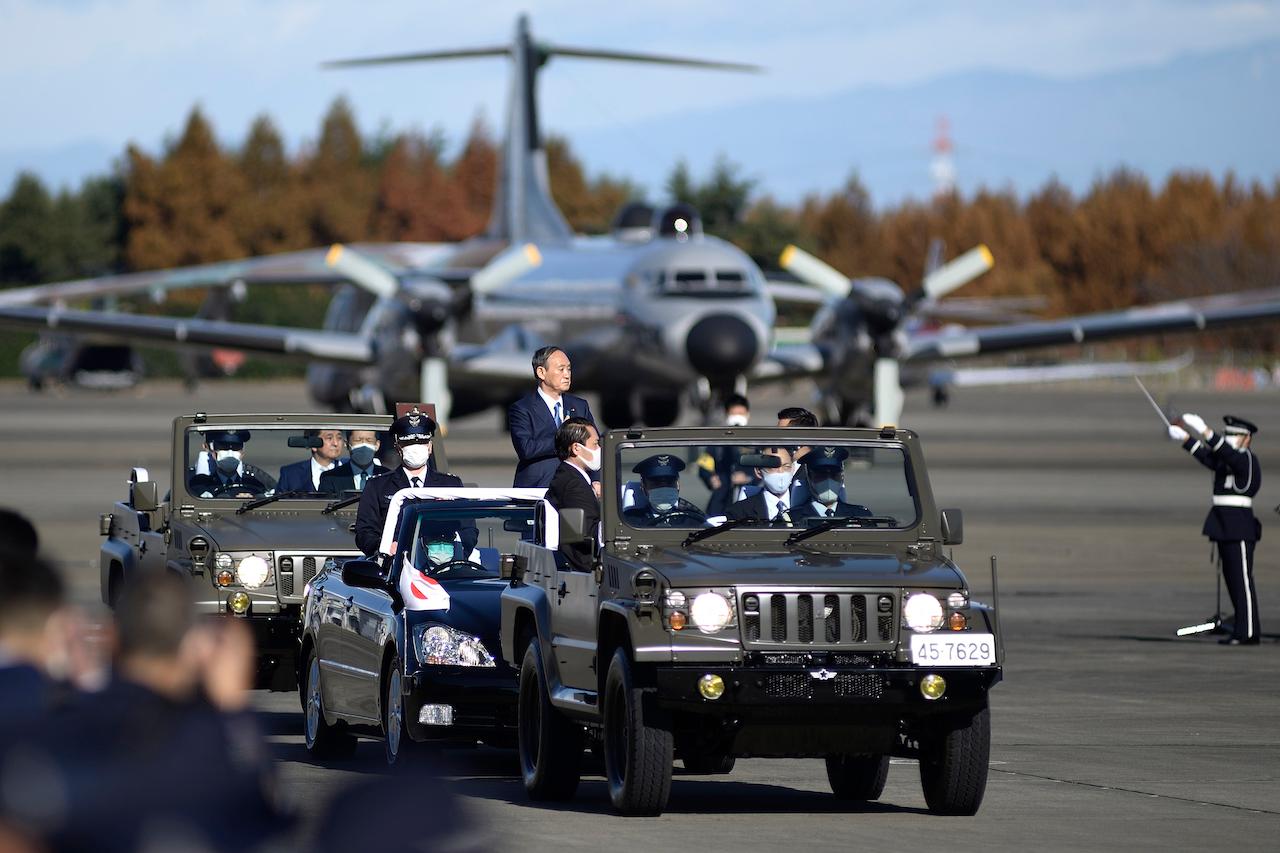Japan ramping up its military in an increasingly perilous neighbourhood
The Japanese navy needs modern warships which require fewer sailors as it struggles to find recruits in an aging population.
Just In
Tokyo is planning to develop its own advanced stealth fighter and longer-range anti-ship missiles to counter China’s growing military power and ambitions in the region.
Japanese Prime Minister Yoshihide Suga’s government approved a ninth consecutive rise in military spending on Monday, to fund the projects, reports Reuters.
Suga is continuing the controversial military expansion pursued by his predecessor, Shinzo Abe, to give Japan’s forces new planes, missiles and aircraft carriers with greater range and potency against potential foes in the neighbourhood.
On Monday, Japan’s Joint Staff tweeted that warplanes were scrambled on December 18 in response to a suspected intrusion into its airspace over the Sea of Japan, bordering the Korean peninsula and Russia. They did not go into details.
Japan is reportedly buying longer-range missiles and considering arming and training its military to strike land targets in China, North Korea and other parts of Asia.
The planned Japanese stealth fighter is expected to cost around US$40 billion and be ready in the 2030s. Mitsubishi Heavy Industries will develop the aircraft in partnership with US aerospace giant Lockheed Martin.
Japan will also begin the development of a long-range anti-ship missile to defend the Okinawan island chain to its southwest.
Other big-ticket items on the shopping list are six Lockheed F-35 stealth fighters, including two short-takeoff and vertical-landing variants that will operate from a converted helicopter carrier.
The navy plans to build at least two compact warships that can operate with fewer sailors than conventional destroyers, easing pressure on a navy struggling to find recruits in an ageing population.
Subscribe to our newsletter
To be updated with all the latest news and analyses daily.
